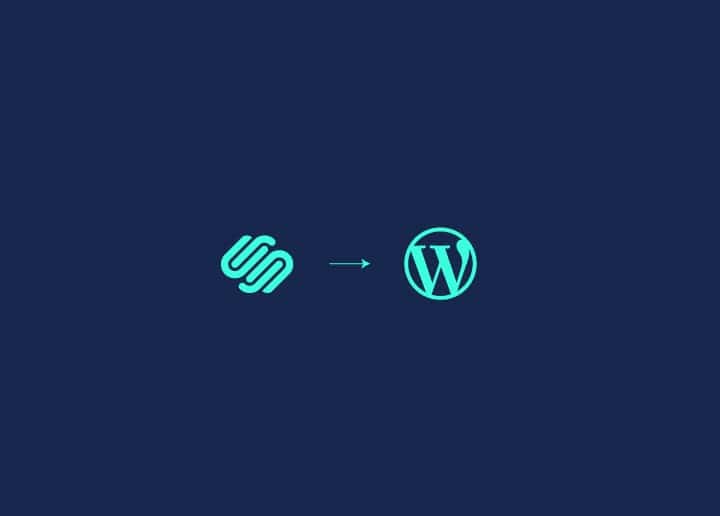The Gutenberg Block Editor, introduced in WordPress 5.0, revolutionised content creation for millions of website owners and bloggers worldwide. This innovative editing tool reimagined the way we build and edit web content by breaking it down into individual “blocks.” These blocks can be anything from text and images to complex elements like galleries, forms, and more. This shift from the traditional classic editor to Gutenberg has had a profound impact on how we create and manage content in WordPress.
In this article, we will delve into the essential features of the Gutenberg Block Editor, highlighting its core functionalities, benefits, and the positive impact it has had on website design and content management.
Contents
Toggle1. Core Features of the Gutenberg Block Editor
The fundamental concept of the Gutenberg Block Editor is the use of blocks. Each piece of content, such as paragraphs, images, headings, and multimedia elements, is treated as a separate block. This modular approach simplifies content creation and management, making it easy to arrange, edit, and reorganise elements as needed.
Drag-and-Drop Interface
Gutenberg’s drag-and-drop interface allows users to intuitively place, rearrange, and style content blocks. This feature eliminates the need for complex HTML and CSS coding, making it accessible to both beginners and experienced WordPress developers.
Reusable Blocks
A powerful feature of Gutenberg is the ability to create and save reusable blocks. If you have a particular content structure or element that you use frequently, you can save it as a reusable block. This saves time and ensures consistency across your website.
Rich Text Formatting
Gutenberg provides a wide array of formatting options for text, from headings and lists to font sizes and styles. You can create visually appealing content without needing extensive knowledge of HTML or CSS.
Inline Text and Image Editing
Editing content in Gutenberg is seamless. You can click directly on text or images to edit them, which provides a real-time preview of changes, making the editing process more intuitive.
Media Integration
Gutenberg simplifies the process of adding media content to your posts and pages. You can easily insert images, audio, videos, and even embed content from external sources like YouTube and Twitter (now X).
Layout Flexibility
Gutenberg offers several layout options for blocks, allowing you to create dynamic and responsive content. You can adjust column widths, alignment, and spacing with ease.
Customisation With CSS Classes
Advanced users can add custom CSS classes to blocks, enabling more precise control over the design and styling of content. This feature is a bridge between the simplicity of the Block Editor and the flexibility of traditional coding.
Built-in Widgets and Embeds
Gutenberg includes a variety of widgets and embed options that extend its capabilities. These widgets, such as recent posts, categories, and tag clouds, can be added as blocks to enhance the functionality of your website.
Document Outline and Navigation
Gutenberg offers a document outline feature, which makes it easier to navigate lengthy content. This tool generates a structured view of your content, making it simple to jump between sections.
Responsive Design
Gutenberg is designed with responsive web design in mind. Content created with this editor looks great on various devices, including smartphones and tablets, without extra effort.
Block Patterns
Gutenberg comes with a collection of pre-designed block patterns, making it easier to create complex layouts. These patterns can be customised to match your website’s style and content needs.
Read: How To Start A WordPress Website In The UK
2. Benefits of the Gutenberg Block Editor
The Gutenberg Block Editor’s drag-and-drop interface, block-based approach, and intuitive editing make it user-friendly, reducing the learning curve for newcomers to WordPress.
Increased Productivity
The ability to save and reuse blocks, along with the streamlined editing process, results in improved productivity. Creating and editing content is more efficient and less time-consuming.
Consistency
Reusable blocks and predefined block patterns help maintain consistency in design and content presentation across your website. This is especially valuable for branding and design cohesion.
No Need for Custom Coding
With Gutenberg, you can achieve professional-looking designs without extensive coding skills. It democratises web design, enabling non-developers to create visually appealing websites.
Improved Accessibility
Gutenberg places a strong emphasis on accessibility, ensuring that content created with the editor is inclusive and compliant with web accessibility standards.
Content Structure
The block-based approach encourages better content structure. Writers and editors can focus on the organisation of content elements, resulting in more reader-friendly posts and pages.
Developer-Friendly
While Gutenberg is accessible to beginners, it also provides developers with the flexibility to create custom blocks, extending the editor’s functionality to meet specific project requirements.
Read: Essential Settings After Installing WordPress
Conclusion
The Gutenberg Block Editor has transformed the way we create and manage web content on WordPress websites. Its block-based approach, intuitive editing interface, and rich feature set have made it an invaluable tool for both beginners and experienced users. The editor not only simplifies content creation but also promotes consistency, productivity, and accessibility.
In conclusion, the Gutenberg Block Editor is not merely a tool; it’s a paradigm shift in content creation, one that has reshaped the way we build and maintain websites on the WordPress platform.




